Photographer: Thomas Synnamon
Archives
Archives
Master Ultra Thin Perpetual: Prodige de minceur
La collection de montres Master Ultra Thin séduit les amateurs et les connaisseurs par sa sobre
beauté. Pour ces esthètes, la pureté formelle et mécanique d’un garde-temps incarne l’essence
même de l’horlogerie. Toutefois, la réalisation de calibres extraplats s’apparente à un véritable
défi technique, plus encore lorsque ces mouvements intègrent des complications additionnelles.
Dans ce domaine particulier, Jaeger-LeCoultre concrétise en 2013 un rêve longtemps caressé
par les aficionados de la marque en dévoilant sa première montre automatique ultraplate à
quantième perpétuel.
The most sexiest Blake men wait for you!
Contact us!
hervegodard@blakemag.com
https://www.facebook.com/TheBlakeMenRentABlake
La maison Arthus Bertrand, célèbre pour ses décorations militaires et ces médailles, propose une nouvelle ligne de bijoux dont les bracelets Safari.
On notera également la bague « Rencontre », le pendentif « Feuillage » et le bracelet en cuir double tour.
All you ever wanted to know about jeans: history, secrets,…and all the SS 2013 mens collection!
http://www.lekiosk.com/magazine-1551780-Blake-Magazine.html
Bert Stern est un photographe américain né le 3 octobre 1929 à Brooklyn, New-York.
Inspiré par la mode, passionné par les femmes, i collabore avec les plus grands magazines et notamment avec le VOGUE américain dirigé à l’époque par Diana Vreeland.
Il photographie les plus beaux mannequins, les Stars de l’époque et surtout une série de photos de Marilyn Monroe, shootée pour VOGUE pendant trois jours. Ce fût un des moment de la vie du photographe qui le marqua à jamais. L’intimité qu’il partagea avec l’actrice donna quelques-uns de ses plus beaux portraits
En raison de la mort de l’actrice, Stern garda cette série dans une boite et ne la publia finalement qu’en 1992 sous le titre: Marilyn Monroe: The Complete Last Sitting.
You’re looking for a goodlooking guy for a photoshoot, a fashion show, an event, a party… Contact us!
Our models are available!
Details and booking: hervegodard@blakemag.com
Follow The Blake Men on Facebook: https://www.facebook.com/TheBlakeMenRentABlake
and Twitter: TheBlakeMen
Photographed & Styled by Max-Arthur Mantle ( www.maxarthurmantle.com )
Model: Nelson Ribeiro @ Front Management
Location: Miami
Born in Ravenna in 1947, Paolo Roversi’s interest in photography was kindled as a teenager during a family vacation in Spain in 1964. Back home, he set up a darkroom in a convenient cellar with another keen amateur, the local postman Battista Minguzzi, and began developing and printing his own black & white work. The encounter with a local professional photographer Nevio Natali was very important: in Nevio’s studio Paolo spent many many hours realising an important apprenticeship as well as a strong durable friendship.
In 1970 he started collaborating with the Associated Press: on his first assignment, AP sent Paolo to cover Ezra Pound’s funeral in Venice. During the same year Paolo opened, with his friend Giancarlo Gramantieri his first portrait studio, located in Ravenna, via Cavour, 58, photographing local celebrities and their families. In 1971 he met by chance in Ravenna, Peter Knapp, the legendary Art Director of Elle magazine. At Knapp’s invitation, Paolo visited Paris in November 1973 and has never left.
In Paris Paolo started working as a reporter for the Huppert Agency but little by little, through his friends, he began to approach fashion photography. The photographers who really interested him then were reporters. At that moment he didn’t know much about fashion or fashion photography. Only later he discovered the work of Avedon, Penn, Newton, Bourdin and many others.
The British photographer Lawrence Sackmann took Paolo on as his assistant in 1974. « Sackmann was very difficult. Most assistants only lasted a week before running away. But he taught me everything I needed to know in order to become a professional photographer. Sackmann taught me creativity. He was always trying new things even if he did always use the same camera and flash set-up. He was almost military-like in his approach to preparation for a shoot. But he always used to say ‘your tripod and your camera must be well-fixed but your eyes and mind should be free’”. Paolo endured Sackmann for nine months before starting on his own with small jobs here and there for magazines like Elle and Depeche Mode until Marie Claire published his first major fashion story.
A Christian Dior beautycampaign brought him wider recognition in 1980, the year he started using the 8 x 10” Polaroid format that would become his trademark. Not only because of the large camera, Paolo has always preferred working in studio. In his first years in Paris, the studio was very often a room from his own different apartments, all on the left bank, until he found in 1981 the studio located in 9 rue Paul Fort where he is still working.
In the middle of the ‘80s the fashion industry was very keen to produce catalogues which allowed photographers to express a very creative and personal work: Comme des Garcons, Yohji Yamamoto, Romeo Gigli… gave Paolo that opportunity.
During his travels to India, Yemen… Paolo took many portraits; we can see some of them in his books ANGELI and Al Moukalla; a bookabout India is in preparation. Paolo has also realised some commercials. Since the middle 80’ his work has been subject to many exhibitions and books and many awards have honoured his work. Today Paolo has a regular collaboration with the most interesting fashion magazines and fashion designers.
“Habanita est le diamant noir de Molinard. Hier audace suprême, aujourd’hui fragrance mythique : ce parfum est un point d’ancrage. Trait de génie du début du XXe siècle, sa composition incarne toujours un caractère très contemporain qui nous a inspiré la création d’une Eau de parfum – inédite – et d’un flacon qui montre l’étonnant paradoxe d’Habanita – à la fois moderne et historique. Pour moi, il est simplement intemporel, sensuel, décidé et pourtant mystérieux…C’est une fragrance addictive.” Célia Lerouge-Bénard, Directrice générale de Molinard
Habanita, parfum aux 600 essences, dans un flacon de Lalique en cristal noir, formule crée en 1921 déclinée en eau de parfum en 2012 : plus intense et dans un flacon noir très rock !
Une fragrance audacieuse et singulière qui a conquis Philippe Stark comme Alain Delon, chez les hommes, et Monica Belluci chez les femmes.
La Maison Molinard, parfumeur à Grasse depuis 1849, regorge de trésors olfactifs: avec plus de 160 ans de création, la marque emblématique de cette région historique du parfum français s’adresse aux avertis ou amateurs de parfums légendaires comme aux plus jeunes avec des senteurs et produits plus contemporains comme les écrins de pâte parfumée sans alcool, inventés par Molinard en 1925.
Des fragrances mythiques comme Habanita et sa bougie noire aux fameuses « concretas », le « Made in » Grasse est accessible en ligne comme en magasin pour fêter la Saint-Valentin.
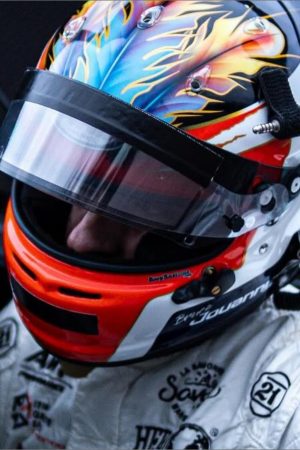
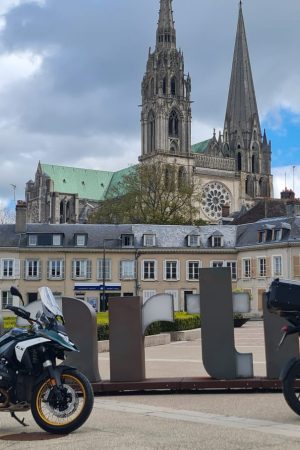
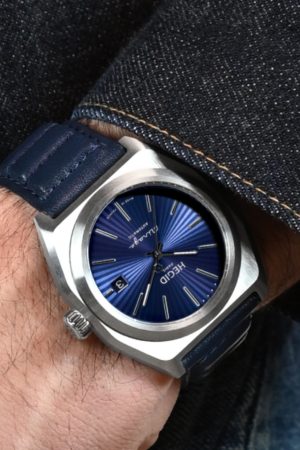
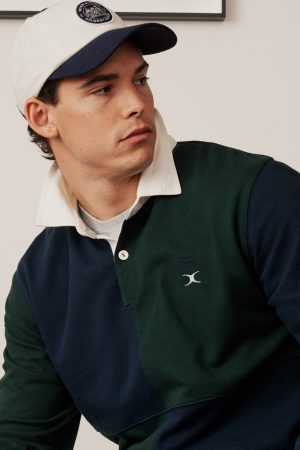

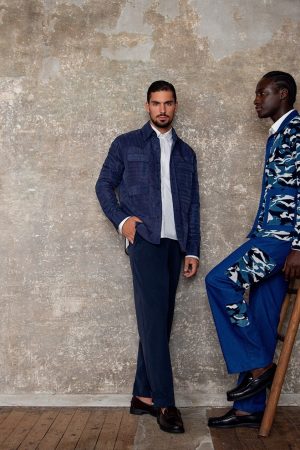











































































































































































































![MLD_HABANITA_FLACONSeulDet2[4]](https://blakemag.com/wp-content/uploads/2013/02/MLD_HABANITA_FLACONSeulDet24.jpg)




